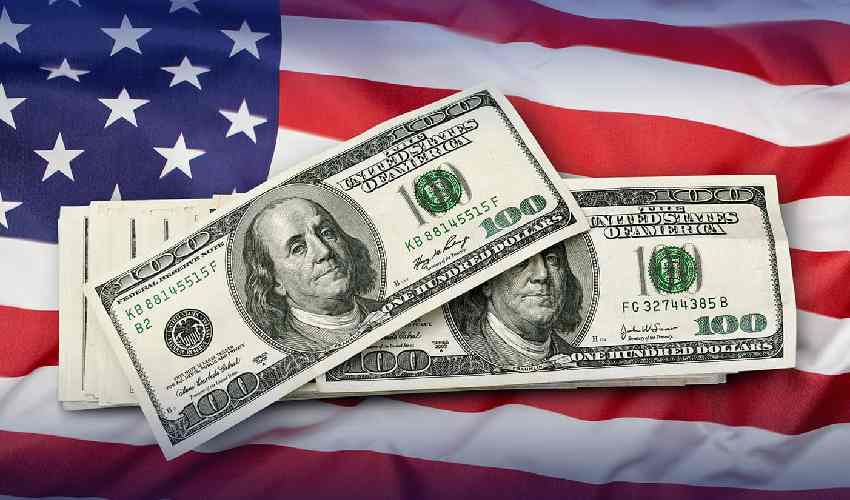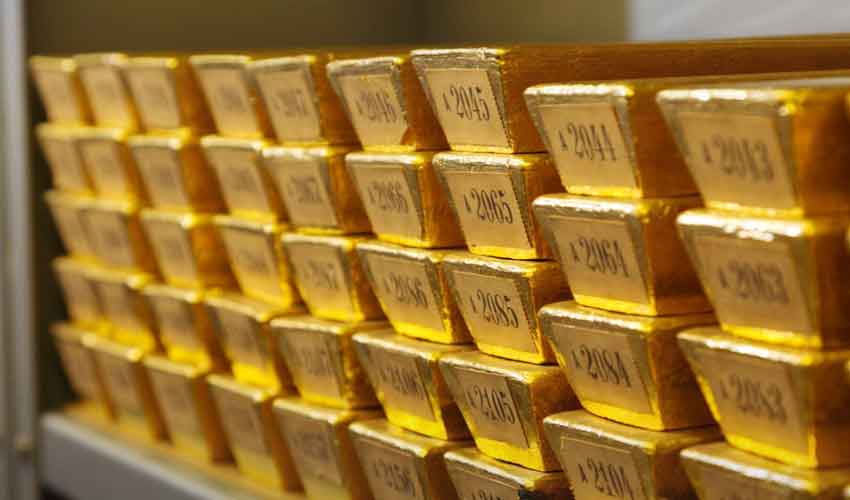The US dollar Tuesday fell to Rs281.50 in the interbank with a decrease in the value of the dollar.
Asian shares started the first trading day of the New Year on a steady footing on Tuesday, as investors returning after a holiday lull looked ahead to fresh trading catalysts from key economic releases later in the week.
Risk appetite was strong after global shares (.MIWD00000PUS) ended 2023 with their biggest annual rise in four years, driven by the prospect that major central banks globally could begin easing rates this year in a major boost for consumers and businesses shackled by high borrowing costs.
MSCI's broadest index of Asia-Pacific shares outside Japan (.MIAPJ0000PUS) eased 0.1% in early trade but was still hovering near a five-month high it hit last week.
Australia's S&P/ASX 200 Index (.AXJO) peaked at 7,632.70 points, its highest since August 2021.
Japan markets were closed for a holiday, which meant there was no cash trading of Treasuries either.
"We turn the page on another eventful year in markets, where central bank liquidity, a resilient U.S. economy, and the Fed engineering the highest real policy rates since December 2007, which allows for policy normalisation, all offering tailwinds for some robust returns for risky assets," said Chris Weston, head of research at Pepperstone.
"We could see equity just keep going on its merry ascent and we need to be open-minded to all possibilities.
"But with fund manager sentiment the most upbeat since January 2022, cash levels having been reduced and many other signs of broad exuberance, it feels like the distribution for risk is becoming more evenly distributed."
Market focus now turns to a slew of data due this week which will give further clarity on how much room there is for major central banks globally to ease monetary policy, and how soon those rate cuts could come.



























